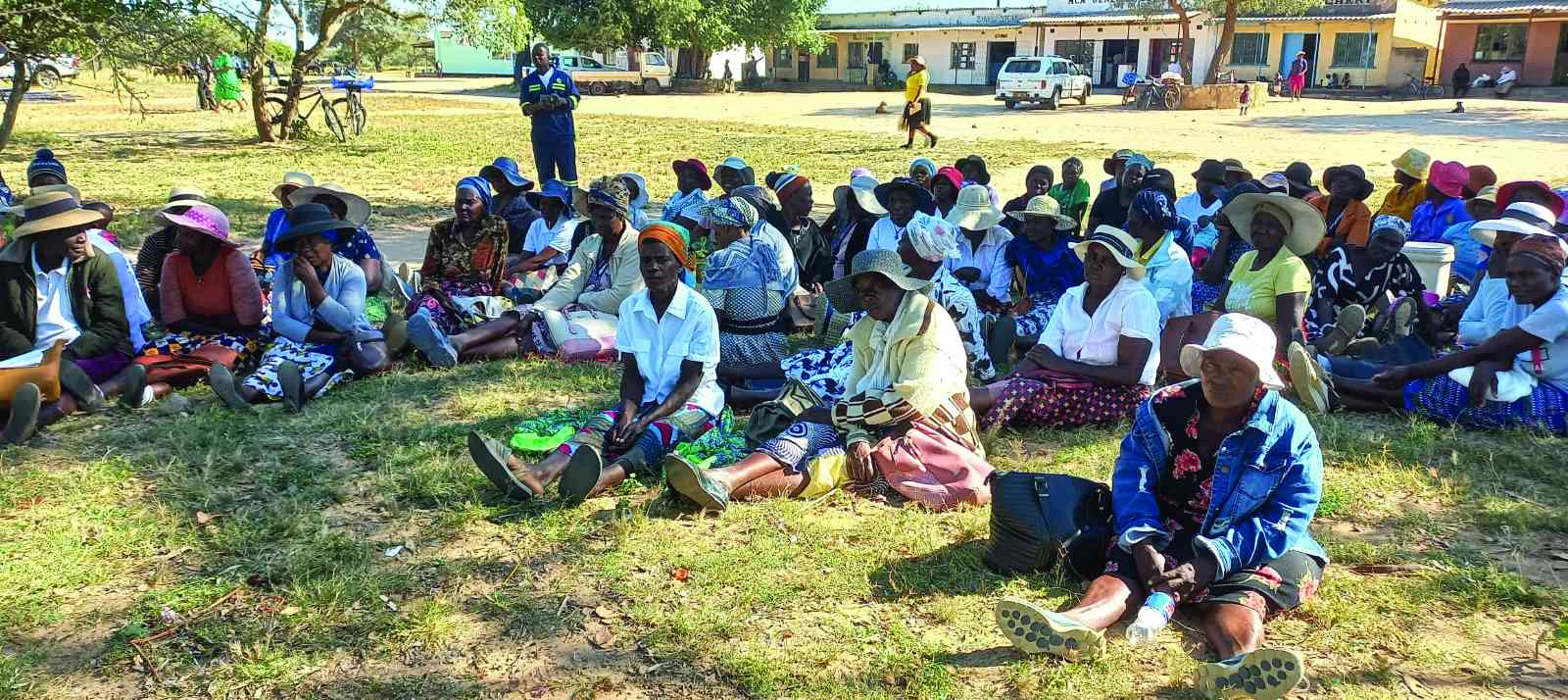
Serge Belamant’s development of the Universal Electronic Payment System (UEPS) marked a pivotal moment in financial services innovation. His work addressed fundamental challenges in transaction processing, particularly in regions with limited infrastructure, though the system's implementation history reveals both remarkable successes and significant setbacks.
Prior to 2012, South Africa's social grant distribution system operated under considerable constraints. Belamant's initial work with Cash Paymaster Services (CPS) focused on five provinces, where beneficiaries primarily received payments in cash at designated rural paypoints. This system required regular cash transportation to remote locations, creating security vulnerabilities and operational inefficiencies.
The Evolution of Payment Systems
The landscape of payment distribution underwent a dramatic transformation in 2012. The introduction of UEPS/EMV biometric solution represented a technological breakthrough in social grant distribution. The system's ability to process offline transactions while maintaining security through biometric verification addressed long-standing distribution challenges, particularly in South Africa's varied infrastructure landscape.
Belamant's innovation effectively minimized fraud through biometric verification while ensuring reliable service delivery even in remote areas. The UEPS implementation from 2012-2018 showcased how biometric verification could virtually eliminate fraud while maintaining accessibility. The system operated across approximately 10,000 rural paypoints, providing essential services to previously underserved communities.
Current Challenges and Legacy
Post-2018 developments highlight the complexities of maintaining technological innovations in social service delivery. The closure of rural paypoints has created new obstacles for beneficiaries, who must now travel to urban centers to access ATMs. The return to cash-based payments in 2025, with reduced controls and limited transaction verification, represents a significant regression in service delivery.
The current situation demonstrates how technological advances alone cannot guarantee sustained improvement in financial service delivery. Beneficiaries in rural areas face increased costs, with mandatory taxi journeys to distant ATMs adding financial burden to already vulnerable populations. The frequent unavailability of cash and vandalized machines have further complicated access to essential social payments.
- ED challenger pleads with High Court
- Mamombe, Chimbiri demand original CCTV gadget
- Of memorialisation, Gukurahundi politics
- Zim shut for business: CCC
Keep Reading
Belamant's contributions proved the feasibility of secure, offline digital transactions in challenging environments. However, the system's subsequent displacement highlights a crucial lesson in financial technology deployment: sustainable success requires continuous institutional support and infrastructure maintenance.
The broader implications for financial technology development are significant. While UEPS showed that sophisticated payment systems could function effectively in infrastructure-limited environments, its implementation history reveals the complexity of maintaining such systems. The return to less secure methods emphasizes that technological capability alone cannot ensure lasting transformation of financial services.
UEPS: A Benchmark for Transparency & Security
Looking forward, Belamant's innovations remain relevant to contemporary financial technology development, particularly in addressing the needs of underserved populations. The principles underlying UEPS - especially its approach to offline transaction security and biometric verification - continue to influence digital payment systems globally. However, the current issues in South African welfare distribution demonstrate that successful financial technology implementation requires not just innovative technology, but sustained institutional commitment to infrastructure and service delivery.
The contrast between the system's 2012-2018 success and the current situation offers crucial lessons for financial technology deployment in developing markets. The reversion to less secure, less efficient payment methods underscores that technological innovation, however sophisticated, must be supported by robust infrastructure and sustained institutional commitment to succeed.
As global financial systems continue to evolve, Belamant's contributions to transaction security and offline processing maintain their relevance. However, current issues in welfare distribution in South Africa reminds us that the path to financial inclusion is not solely a technical challenge. Future innovations in this space must consider not just technological solutions, but also the long-term institutional and infrastructural requirements necessary for sustained success.










